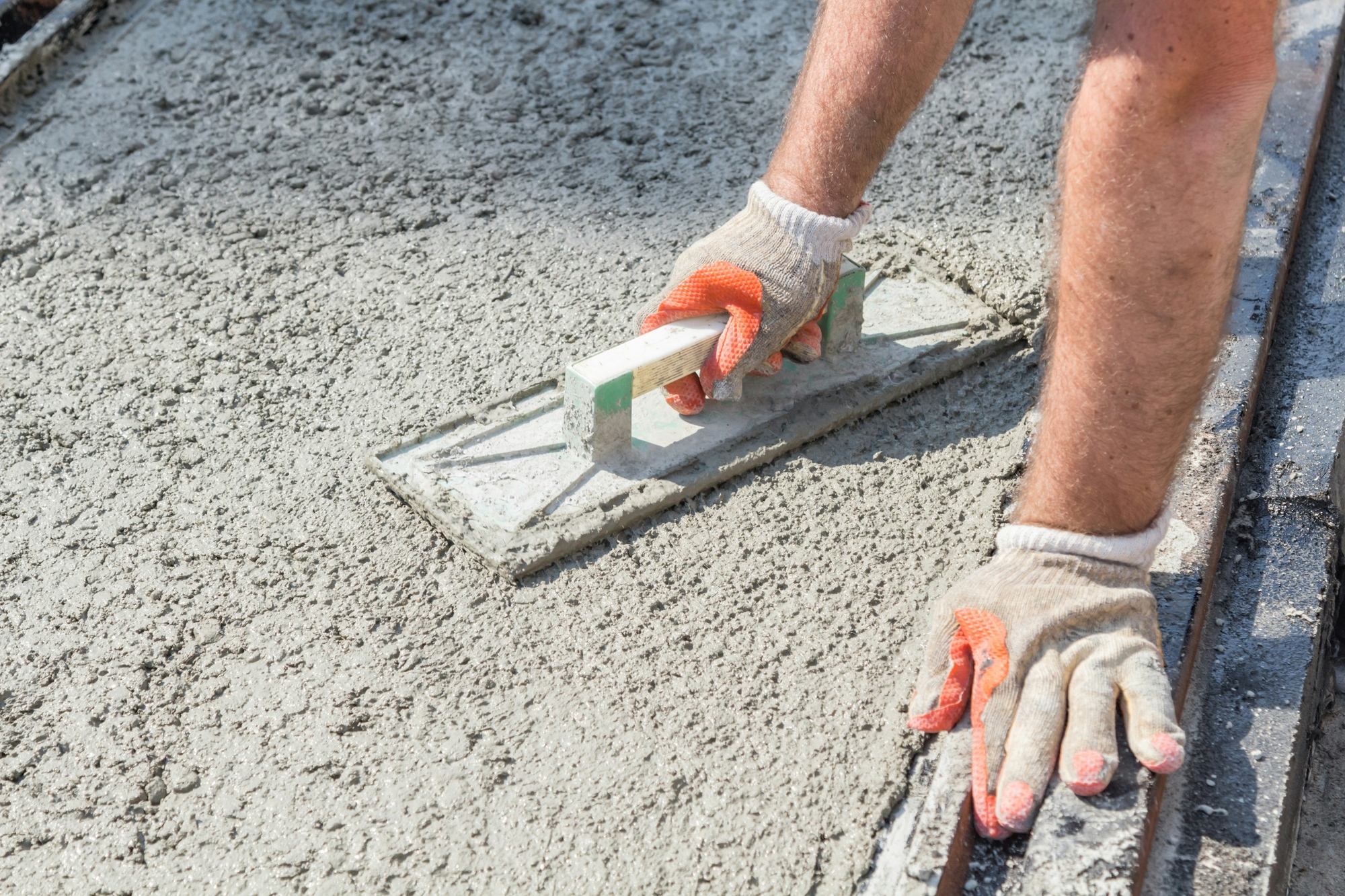With increasing concerns about our environment’s health, more and more businesses and industries are looking to make smarter, more sustainable choices. So, how is construction getting involved? Well, they’re turning to the creation of environmentally friendly materials. From self-healing concrete to pollution-absorbing bricks, the construction landscape is looking green.
What innovative materials are changing construction?
The future of construction is an exciting one. In this post, we’ll focus on four fantastic materials that are transforming this industry for the better of the planet.
1. Self-healing concrete
Truly innovative, self-healing concrete is a groundbreaking material set to change the longevity of our buildings and structures. As the name suggests, this concrete heals its own cracks and fissures. It does this with the introduction of Bacillus bacteria, which produce limestone, into the concrete with other necessary nutrients. When this interacts with water and oxygen, it activates, and the micro-organisms create limestone. This limestone fills and seals the cracks in the concrete, meaning all you’ll need to do when cracks appear is spray on water.
By using concrete that doesn’t need to be replaced every time it suffers a crack, we’ll save an incredible amount of material and material production emissions. Did you know that concrete is responsible for 8% of all global carbon emissions, with 90% of that from the production of clinker (concrete’s main strength ingredient)? Using strong, self-healing concrete means a far reduced amount of material production, resulting in fewer dangerous carbon emissions.
2. Kerto LVL
Kerto® LVL, or Laminated Veneer Lumber, is the green hero of wood products. Crafted from 3mm thick rotary-peeled softwood veneers bonded together with weather-resistant adhesive, LVL boasts impressive strength, rigidity and stability while being lightweight and easy to use.
This wood is an incredibly eco-friendly building material. Sourced from sustainable northern forests, this material acts as a long-term carbon storage solution, locking away CO₂ for the lifespan of the building – around up to 100 years. Plus, its material efficiency means you use less wood without compromising on strength, making it a top choice for eco-conscious builders looking to reduce their carbon footprint.
3. Zero-carbon cement
Cement is the most widely used man-made material in existence, and the production of one kilo releases one kilo of carbon emissions. The decarbonisation of cement is more than important; it’s crucial if we want to change the landscape for a sustainable future. Enter zero-carbon cement! Cemfree by the DB Group is an outstanding example of a material designed to support our environment without any compromise on quality.
Cemfree is 100% free of OPC (Ordinary Portland Cement), the most widely used type of cement. This innovative cement alternative uses special technology to activate pozzolanic materials, enabling it to perform just like standard concrete. In fact, replacing OPC with Cemfree in concrete production can cut CO₂ emissions by up to 85%. We think that’s pretty damn impressive.
4. Pollution-absorbing bricks
Pollution-absorbing bricks, also known as Breathe Bricks, are a clever innovation designed to filter polluted air straight through a building’s walls. These bricks use a cyclone filtration system, like how a vacuum traps dust, to separate pollutants from the air before they enter a building.
Made from porous concrete, the brick design guides airflow in a way that removes particles from the air, capturing everything from dust to harmful pollutants. Inside, a plastic coupler made from recycled materials helps direct clean air indoors, while a hopper at the base collects the heavier particles.
By integrating Breathe Bricks into building exteriors, pollution can be actively reduced in urban spaces while improving indoor air quality. This system works passively, requiring no additional energy, making it an eco-friendly alternative to traditional ventilation methods. It’s a practical and sustainable option for cities looking to tackle poor air quality, all while maintaining efficient, functional building design. A bit of a no-brainer!
The future looks green
With innovative materials like self-healing concrete, Kerto LVL, zero-carbon cement, and pollution-absorbing bricks, the future of building looks greener than ever. These advancements don’t just offer environmental benefits – they also improve durability, efficiency, and overall performance, proving that sustainable choices don’t have to mean ditching the quality.
Need plant hire to help build with these exciting new materials? We’ve got the heavy machinery you need, from telehandlers to rear-tip dumpers. Call the team on 0330 118 5030 from anywhere in the UK and let’s get started.
